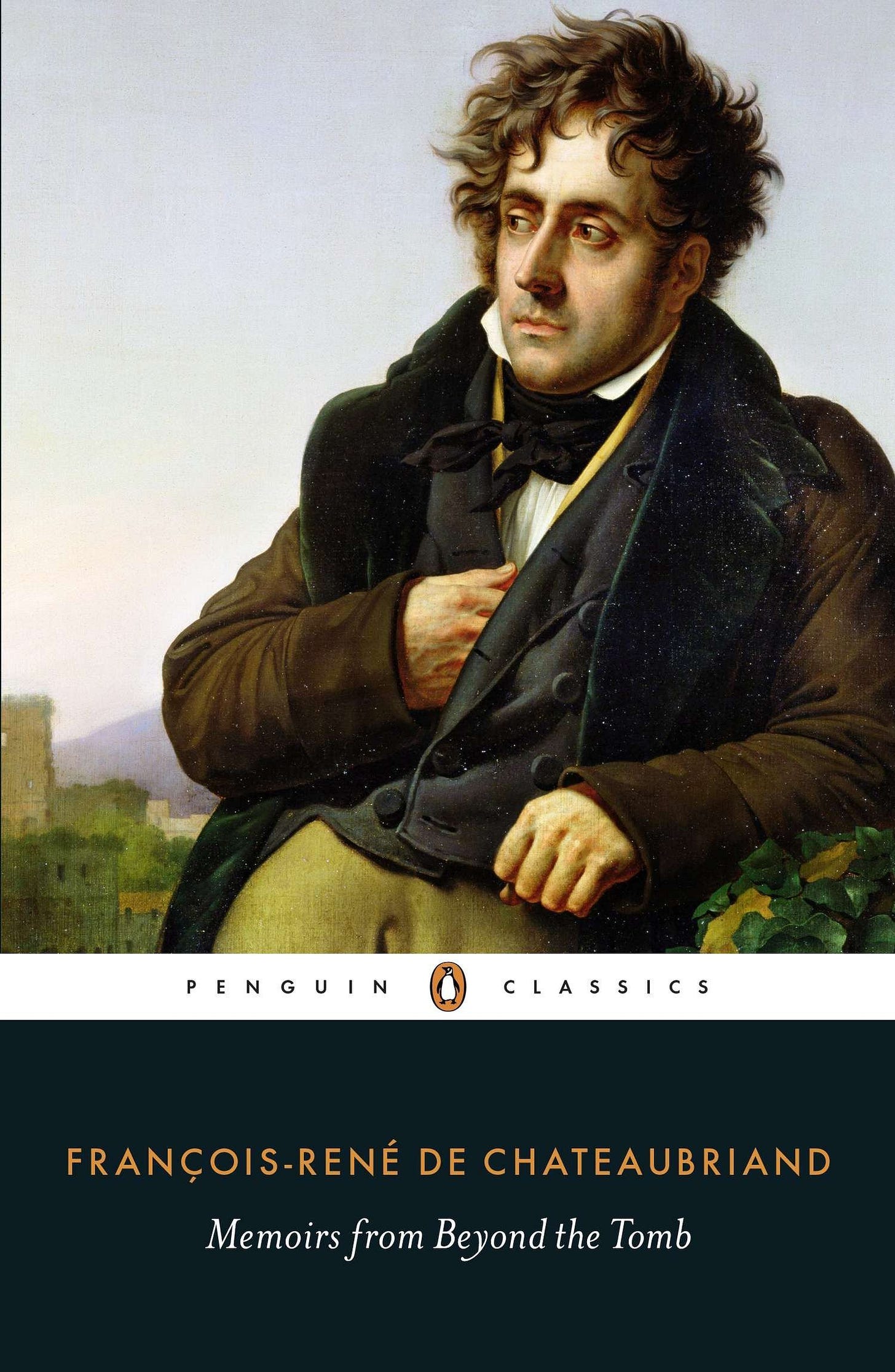Periodical Publishing: “Niche” Publications: The Whole Earth Catalog
In the years that followed, the Punta Cachazudans tried to confine their secret to the town, to protect their art and industry from an uncertain reception outside, but there was in them that urge to tell, and now and then one or another gave in to it, and the secret spread somewhat, underground, whispered or mumbled. The farther it spread from Punta Cachazuda, the more preposterous it seemed, and so there were no southward swarms of the curious and salacious except for a small flock of young people inspired by a mention in the second edition of The Whole Earth Catalog …
Herb ’n’ Lorna, Chapter 20
In the fall of 1968, the Portola Institute, an education nonprofit in Menlo Park, California, published the first edition of the “Whole Earth Catalog”: a compendium of product listings, how-to diagrams, and educational ephemera intended for communards and other participants in the back-to-the-land movement. The catalogue’s founder, Stewart Brand––a photographer, writer, former army lieutenant, impresario, and consummate networker––had spent part of the summer driving a pickup truck to intentional communities in Colorado and New Mexico and selling camping equipment, books, tools, and supplies to the residents. Brand returned to the Portola Institute (a gathering place and incubator of sorts for computer researchers, academics, career engineers, hobbyists, and members of the counterculture), hired a teen-age artist to handle layout, and began production on the catalogue’s first edition.
Anna Wiener, “The Complicated Legacy of Stewart Brand’s ‘Whole Earth Catalog,’” The New Yorker, November 16, 2018
Stewart Brand didn’t just happen to be around when the personal computer came into being; he’s the one who put “personal” and “computer” together in the same sentence and introduced the concept to the world. He wasn’t just a member of the world’s first open online community, the Well; he co-founded it. And he wasn’t just another of those 60s acid casualties; he was the definitive 60s acid casualty. Well, not casualty exactly, but he was there taking LSD in the days when it was still legal, with the most famous hipster of them all, Ken Kesey and his Merry Pranksters.
Carole Cadwalladr, “Stewart Brand’s Whole Earth Catalog, the book that changed the world,” The Guardian, May 4, 2013
The Internet Archive has a free Whole Earth Collection that includes history, sample issues, interviews with staffers, analysis, background, and related material.
The first edition of the Whole Earth Catalog appeared In 1968. Conceived by Stewart Brand as a user-curated selection of the best tools and ideas for living beyond the limits of suburban/corporate America, the Catalog was iconoclastic, visionary and widely influential. Published between 1968 and 1972, it won the National Book prize and was cherished reading in nearly every commune and dorm room in America.
So later editions appeared: The Whole Earth Epilog, the Next Whole Earth Catalog, the Whole Earth Software Catalog, the Essential Whole Earth Catalog, the Millenium Whole Earth Catalog, etc. But the Catalog format proved to be restrictive. Stewart wanted to accommodate longer texts and showcase original writing, so in 1974 the Catalog’s quarterly updates became magazines – CoEvolution Quarterly, then the Whole Earth Software Review and finally Whole Earth magazine, published until 2002.
To mark the 50th anniversary of the Catalog’s debut, this online archive was created, offering today’s and tomorrow’s readers a taste of what the Whole Earth publications were like.
Currently reading at night, in bed:
Have you missed an episode or two or several?
You can begin reading at the beginning or you can catch up by visiting the archive or consulting the index to the Topical Guide.
You can listen to the episodes on the Personal History podcast. Begin at the beginning or scroll through the episodes to find what you’ve missed.
You can ensure that you never miss a future issue by getting a free subscription. (You can help support the work by choosing a paid subscription instead.)
At Apple Books you can download free eBooks of “My Mother Takes a Tumble,” “Do Clams Bite?,” “Life on the Bolotomy,” “The Static of the Spheres,” “The Fox and the Clam,” “The Girl with the White Fur Muff,” “Take the Long Way Home,” “Call Me Larry,” and “The Young Tars,” the nine novellas in Little Follies, and Little Follies itself, which will give you all the novellas in one handy package.
You’ll find overviews of the entire work in An Introduction to The Personal History, Adventures, Experiences & Observations of Peter Leroy (a pdf document) and at Encyclopedia.com.





